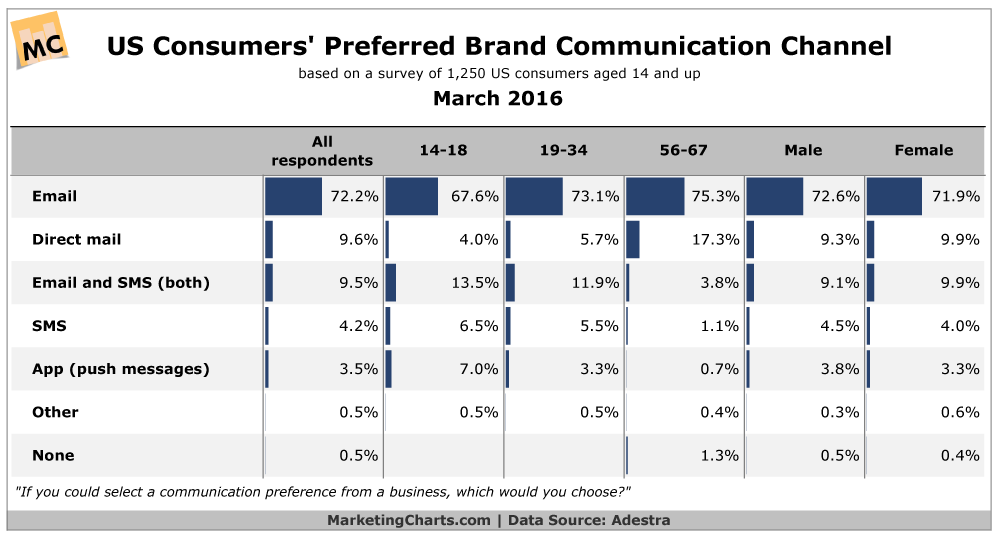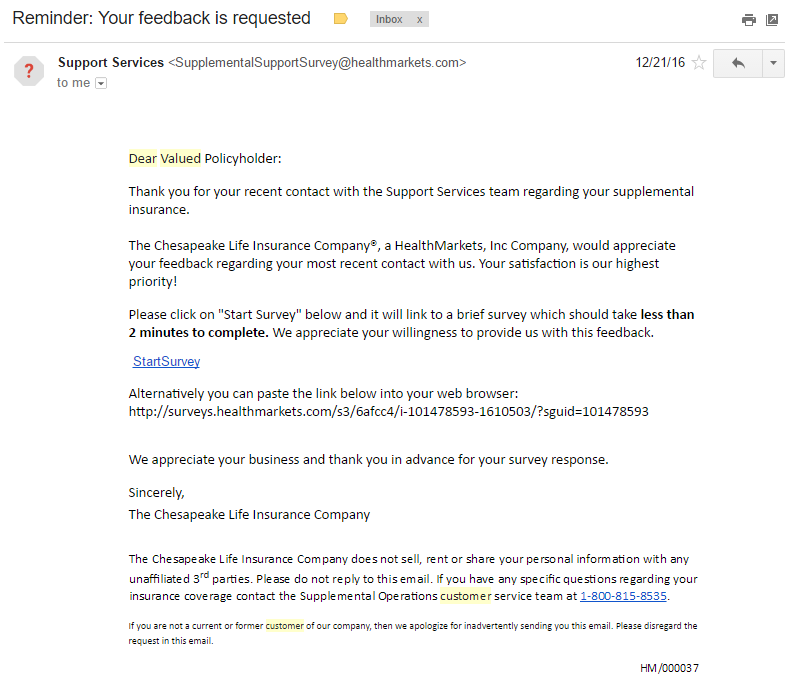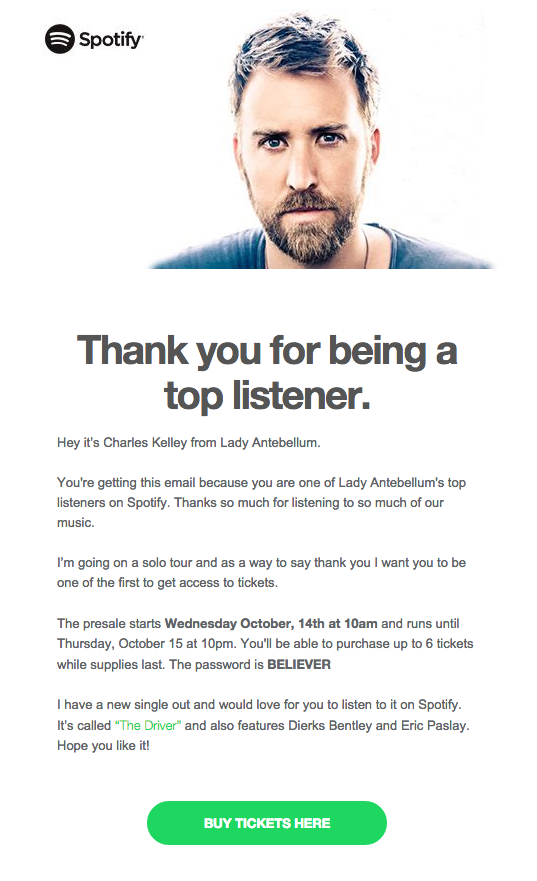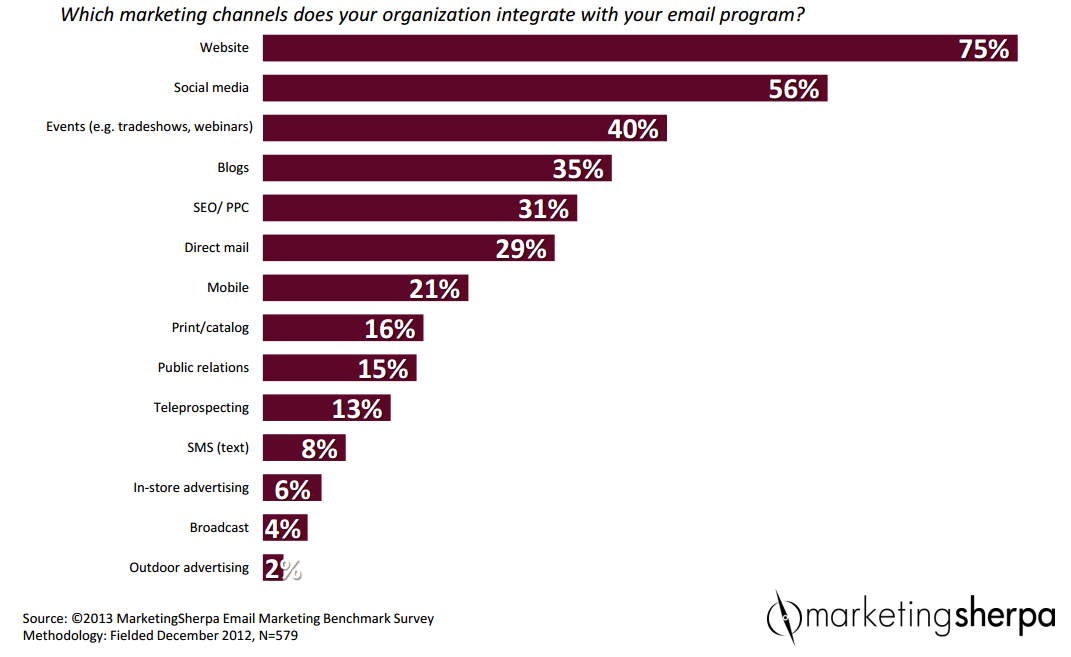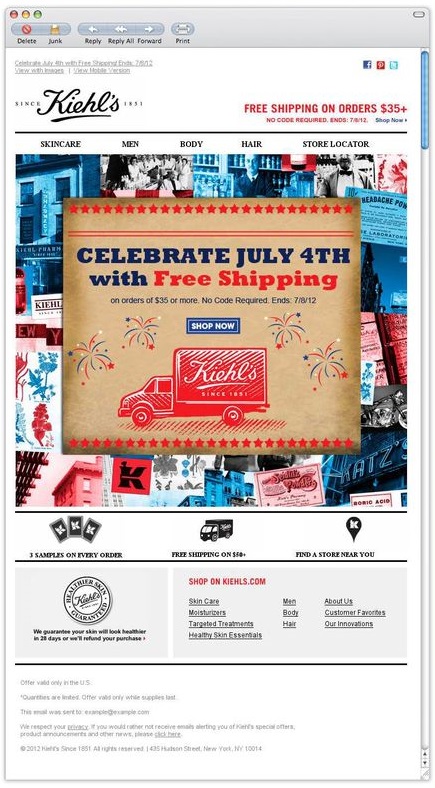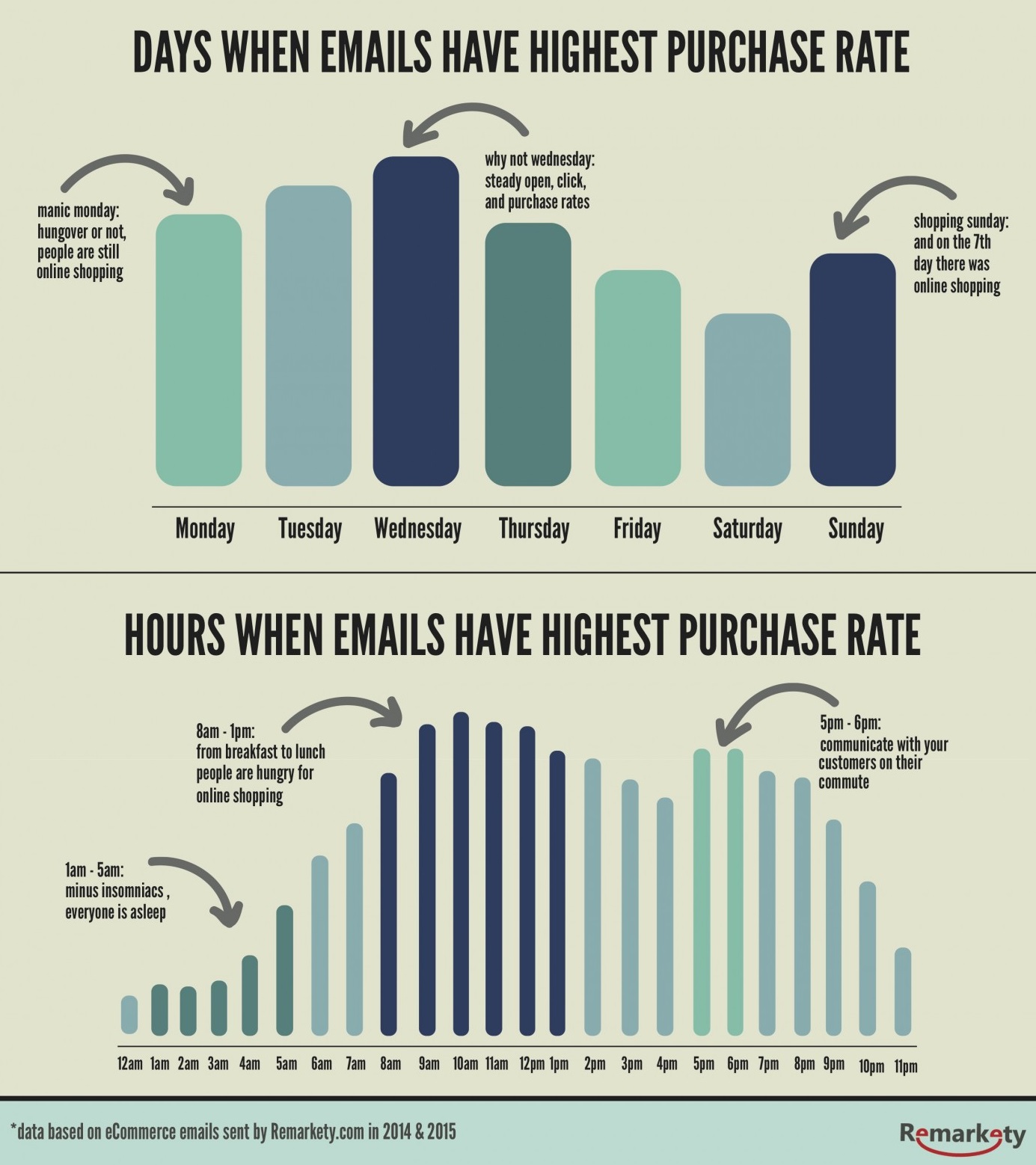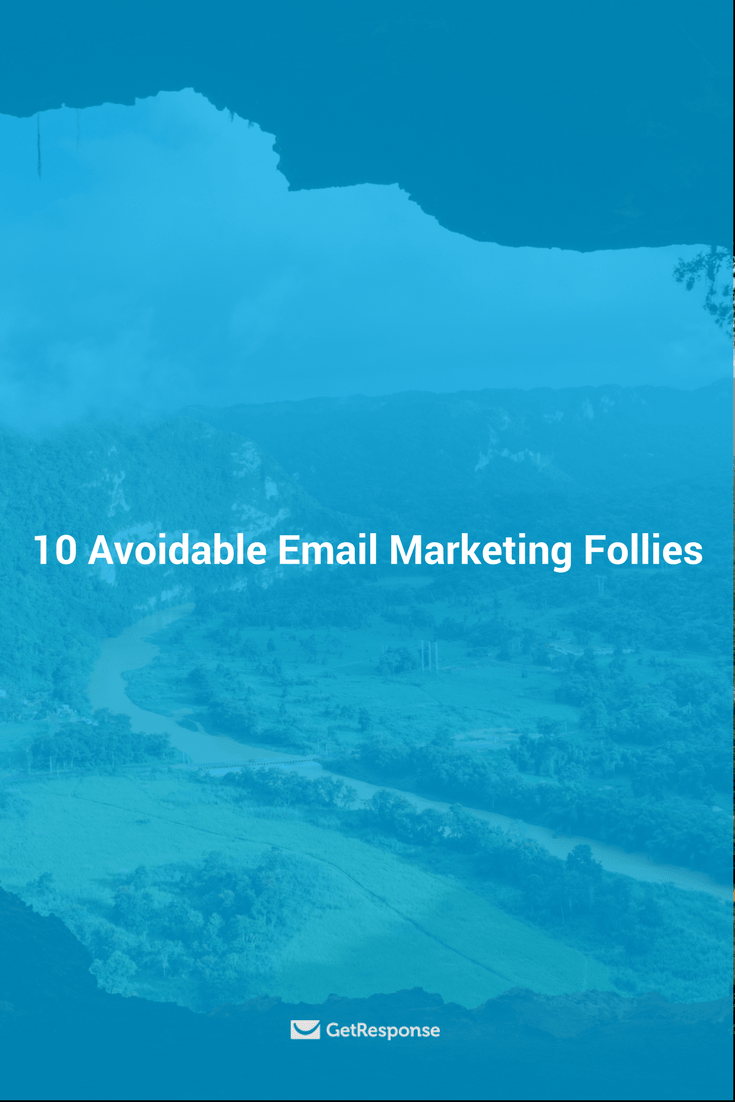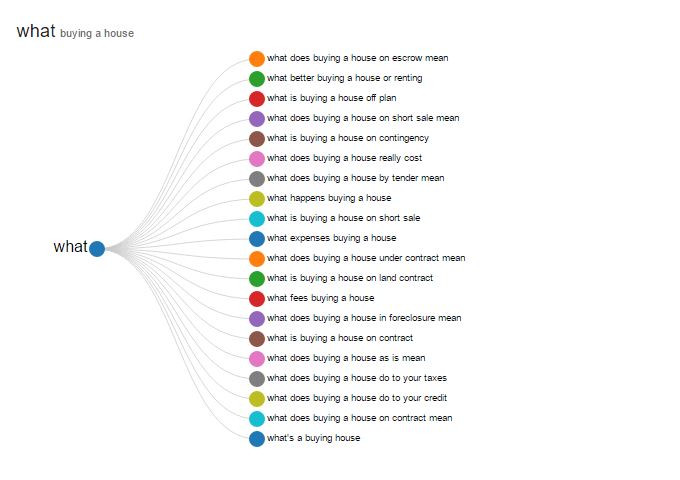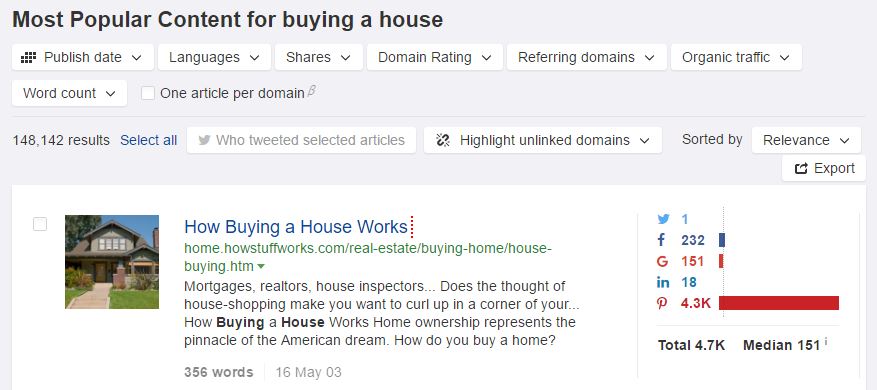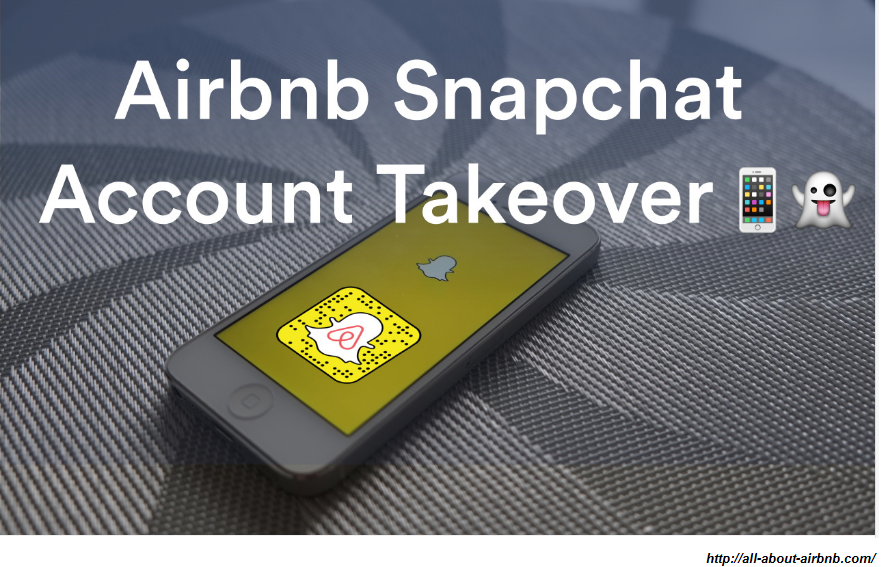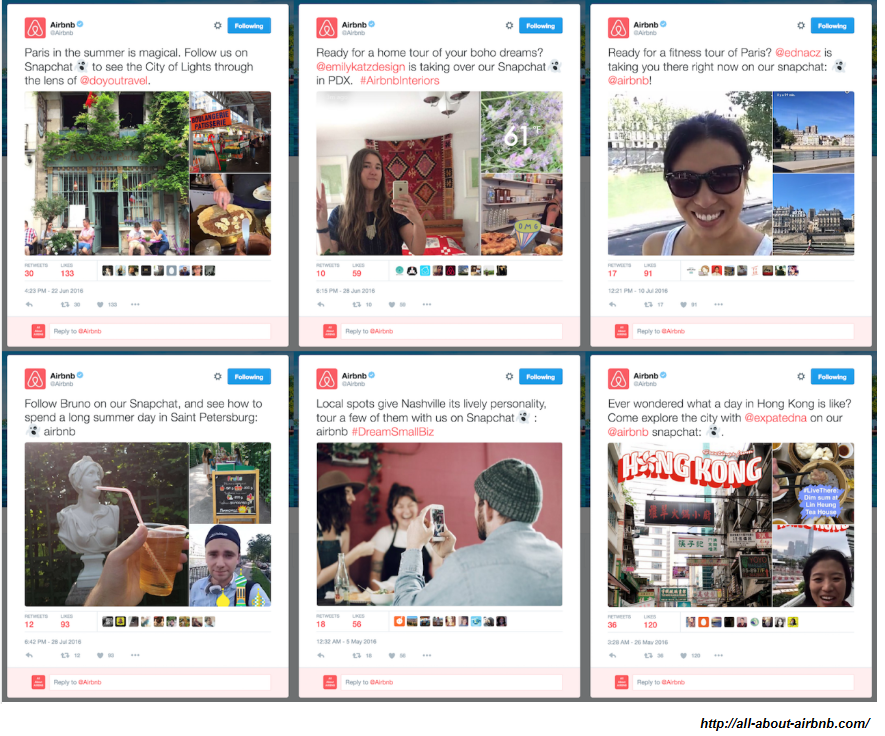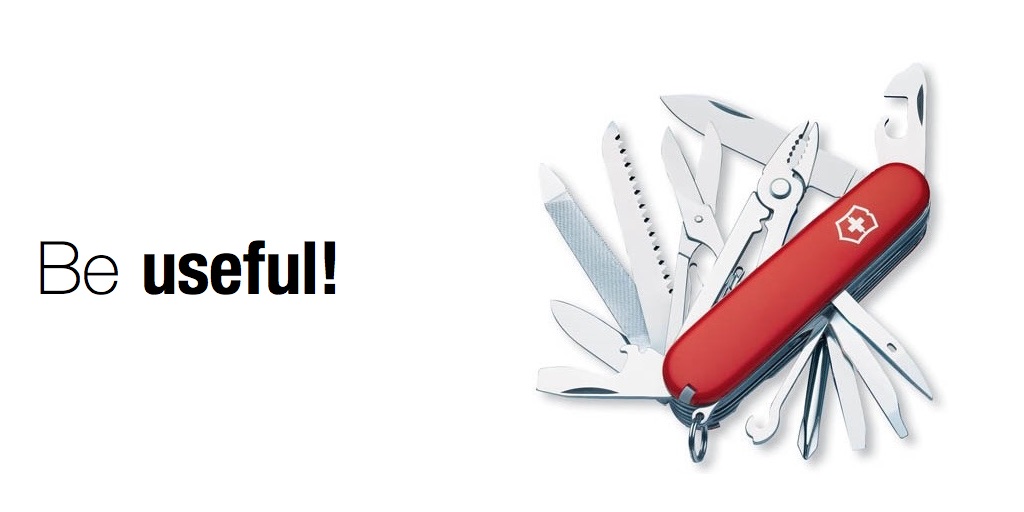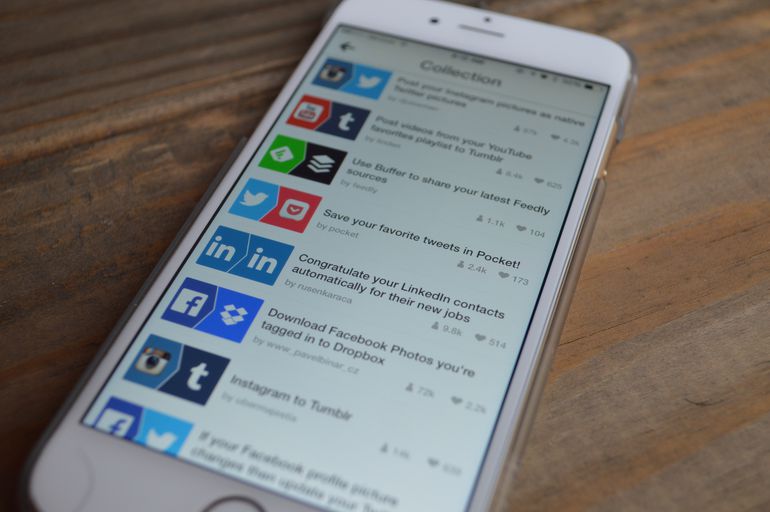Does your brand have a distinct brand voice? Would your customers recognize you just by the way you speak to them? Voice is a crucial part of your brand’s identity, so if neither of the two is the case, read on to see how to change it.
What is voice, and what is tone?
Voice
First, let’s define the notion. Voice is the way your brand communicates in general. It’s a reflection of your brand’s personality. It’s a combination of certain attributes – like fun and conversational, or maybe professional and very business-focused – and certain types of words and expressions you use, along with the way you use them across all channels. It’s one of the key factors that makes the experience with your brand cohesive and whole for your customers and prospects.
Tone
Tone, on the other hand, is how you apply that voice in certain types of communication. So you might use a lighter tone when you talk to people on Twitter or Facebook, but a more serious tone when you’re sending an email to an upset, enterprise-level customer.
You might also decide to use a very similar tone across the board (which I think becomes more and more common these days as we all communicate online, and are also trying to become more consistent and transparent as brands). But essentially, you could call the tone a variation of your brand’s overall voice.
Why should you bother with creating a voice for your brand?
Well, to put it simply, your voice expresses your brand’s personality. It completes your visual identification, and helps people recognize your brand by just the copy in your marketing materials. It’s one of the elements that make your brand stand out from the competition. Finally, it helps communicate the values behind your brand.
Your voice defines your brand in the eyes of your audience (just as your personal voice defines you in the eyes of your friends or colleagues.) People generally don’t care whether they’re chatting with you on Facebook, or calling your customer support line. They’re talking to YOU. And if you use a voice they can recognize, and get used to, they’ll trust you more (as opposed to being confused and disoriented).
So how do you define your brand voice?
Before you define the voice, you need to do your homework in defining your brand strategy. Your brand voice will follow from it naturally.
Know who you’re talking to.
First, you need to define your audience. Customer research can help. Develop customer personas that will help you define certain groups of your customers. Because most likely there’s much more than just one type of customer within your target group.
Another important thing is to define the customer journey. Even in a pretty specific target group, people still have different needs depending on the stage of the customer lifecycle. If you describe them, defining all the touchpoints with your brand, it’ll be much easier to (re)define your communication.
This is obviously important not only for your brand voice, but for all your marketing activities. As is the next point, which is…
Define your brand’s personality.
Apart from customer research, there are plenty of exercises that can help you pinpoint the characteristic traits of your brand. One of them is using brand cards.
Get a deck of cards (you can get them for example here) with attributes you can use to describe your brand. Along with other stakeholders (which would be your marketing team, but also members of your sales team, customer support, maybe even your CEO) divide those into three categories: who you are, who you’re not, and who you’d like to be. Discuss the ones you disagree on (and you’ll see people from different departments might have different perspectives on the same brand), and try to get a clear picture of what your brand is like, and what direction you’d like to go in.
Now take this and see whether you’re successfully communicating those traits. Time for a change, maybe?
Also, ask yourself some questions:
- If your brand were a car (animal, place, etc.), what would it be? (This is the so called Chinese portrait.)
- If you wanted to describe your brand to a 10-year-old, what words would you use?
- How are you different from your competition? In what way do you WANT to be different?
Speaking about competition, find brand voices that you really like amongst your competitors and from companies whose marketing you admire. I’m sure there are some (My favorites include Slack and Buffer, for example.)
And when that’s done, it’s time to turn it all into your voice.
Create writing guidelines.
Write down – in detail – everything that relates to your brand voice. What tone are you using, in what channels? What words/phrases do you like to use, what words do you want to avoid? It’s a good idea to create a blacklist of words and phrases – e.g. including jargon, marketing buzzwords, or simply certain words that don’t go well with your brand’s personality.
Your brand voice guidelines should also describe certain stylistic and grammatical choices you decide to go for – like not using passive voice, for example (which by the way generally makes your writing impersonal and non-actionable). Make sure you include as many details on things like punctuation, capitalization, sentence length, heading styles, etc.
You can adhere to a particular style manual in this respect (and here’s a list of some). But you can also (and I’m a huge proponent of this) use one as a base, and adjust certain details to what suits your needs best (as long as you use language correctly, and mind your apostrophes!)
Do this for general copy creation, but also include details for specific channels. You’ll obviously need different guidelines for tweets, 1000-word-long blog posts, banner ads, or landing page copy.
Share it with everyone.
Make sure everyone in the company knows the voice and the specific guidelines. I know, I’ve said that before, but yes, I’ll say it again: your customers should have a consistent experience with your brand no matter whether they’re talking with you on Twitter, chat with customer support, or read a marketing email. This means each person on every team should know your voice, abide by it, and – what’s most important – understand it and feel a part of it.
After all, brands are made by real people and it’s them who affect that customer experience the most.
Do you have your favorite brand voices?
Or tips you successfully used in building your own brand voice? Share them in the comments!

Related posts
The post Do You Know Your Brand Voice? appeared first on GetResponse Blog – Online Marketing Tips.




